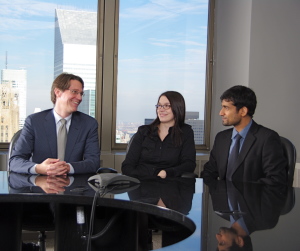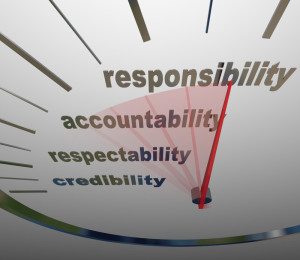“One of my greatest talents is recognizing talent in others and giving them the forum to shine.” —Tory Burch
By Elizabeth Stincelli, DM
Developing Talent
When you dedicate time and resources to developing talent within your organization you make ordinary employees into extraordinary employees. Everyone benefits when employees develop their talents; productivity increases, quality improves, and morale strengthens. As a leader, you have to remember that the most outspoken voices are not always the wisest; you must give everyone the opportunity to be heard and contribute. Provide them with shared values and principles but don’t overwhelm them with extensive rules and then give them the opportunity to show what they can do. Develop their talents and then give them control over their own tasks and decision-making. So, where do you start?
Relationships
Angela Ahrendts said, “Everyone talks about building a relationship with your customer. I think you build one with your employees first.” Create a healthy, productive organizational culture and start building relationship based on trust and respect. You need to be your employees coach and loudest cheerleader. Hire great, hard-working individuals and then bring out the very best in them by developing relationships and investing your time and resources. Don’t keep secrets; demonstrate that you have trust and confidence in your employees by sharing information and communicating openly. Stop treating your employees like children; put your trust in them and you will build loyal relationships and a strong sense of community.
Motivation
Dwight D. Eisenhower told us, “Motivation is the art of getting people to do what you want them to do because they want to do it.” As a leader, you must recognize that each employee is unique, possessing different talents and motivated in different ways. Your employees possess knowledge, skills, and experience that they want to share with the organization. No one wants to be treated like a machine; show that you value their capabilities by helping them to further develop their talents and motivating them based on their individual preferences. When you invest in your employees on an individual level you will be amazed at how motivated your workforce will become. Lift and encourage them; provide support through both your words and actions.
Opportunity
Bob Feller believed, “Every day is a new opportunity. You can build on yesterday’s success or put its failures behind and start over again. That’s the way life is, with a new game every day, and that’s the way baseball is.” Let your employees know that there are opportunities available all around them. Let them know that you see their extraordinary potential and then give them the opportunity to reach that potential. Give employees the skills and resourced necessary and then let them tackle challenges on their own while providing a safe place to for them to fail. Give them the opportunity to become the best version of themselves, to learn from one another, to design how their work gets done, and to make decisions within guidelines.
Extraordinary Results
Wade Boggs explained, “A positive attitude causes a chain reaction of positive thoughts, events, and outcomes. It is a catalyst and it sparks extraordinary results.” Your employees want to be extraordinary. When you invest in them and provide opportunity you will be amazed how your culture, morale, and outcomes improve. Your investment stands as proof that you value them on an individual basis, that you appreciate their contribution to the organization, and that you recognize and are excited about their potential. As your employees grow, so will your success. Develop the talent in your organization, invest your time and resources, provide opportunity, cheer your employees on, and you will achieve extraordinary results.
© 2015 Elizabeth Stincelli
Elizabeth Stincelli is passionate about recognizing and inspiring the leader in each of us. She is the CEO of Stincelli Advisors where she focuses on helping organizations engage employees and improve organizational culture. Elizabeth holds a Doctor of Management degree with an emphasis on organizational leadership.
Learn more about Elizabeth by visiting her website, stincelliadvisors.com and connect with her on Twitter @infinitestin, Google+, and LinkedIn. You can contact her by email at stincelliadvisors@gmail.com.









